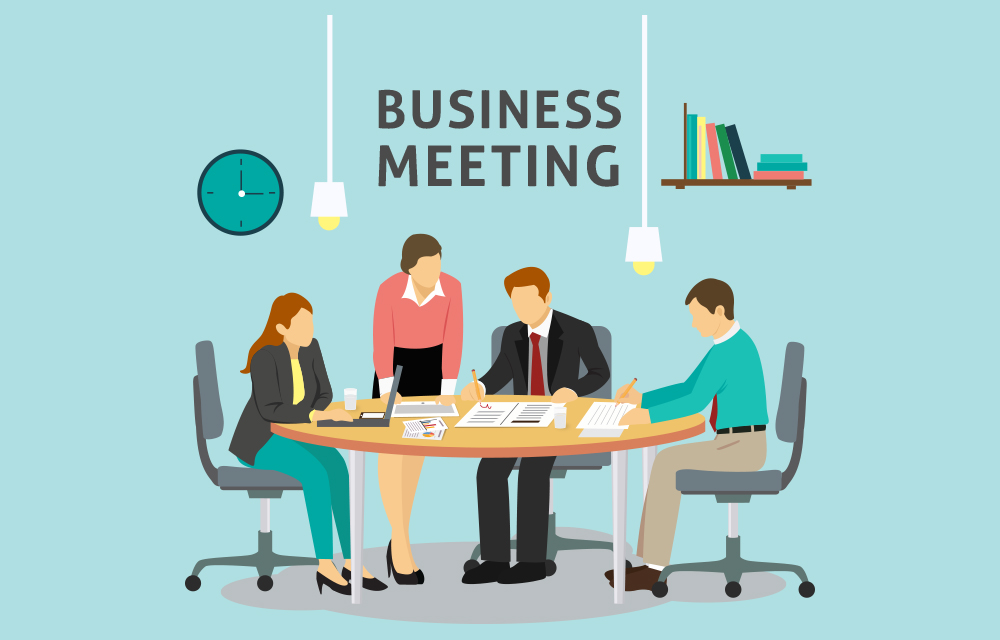Lead generation is a critical part of any successful marketing strategy.
Brickwork Blogs


Meetings are a common occurrence in professional environments, and they play a crucial role in collaboration, decision-making, and information sharing. However, the value of these meetings can be greatly diminished if proper documentation is not in place. Accurate meeting minutes is essential for capturing important discussions, action items, and outcomes, ensuring that everyone is on the same page and enabling effective follow-up. In this blog post, we will explore strategies and tips for mastering the art of accurate meeting minutes.
Prepare in advance:
One of the key factors in producing accurate meeting minutes is thorough preparation. Familiarize yourself with the meeting agenda, objectives, and any relevant materials beforehand. This will help you follow the discussion more effectively and identify crucial points that need to be documented.
Active listening:
Active listening plays a crucial role in ensuring accurate meeting documentation. With regular practice you can cultivate this art of active listening.
During the meeting, practice active listening to capture the essence of the discussions. Take notes on important topics, decisions, and action items. Focus on key points, arguments, and any supporting evidence provided. Avoid trying to transcribe every word verbatim, as it can be distracting and may cause you to miss the overall context.
Here's how active listening can help:
Use a structured format:
Having a structured format for your meeting documentation is essential for clarity and ease of reference. Begin by capturing basic details such as the meeting date, time, and attendees. Then, create sections for the agenda items or topics discussed, along with corresponding notes and key takeaways. This format will help you organize the information effectively and make it readily accessible for future reference.
Summarize key points:
Instead of trying to capture every single detail, focus on summarizing the key points of the discussions. Identify the main ideas, decisions made, and action items assigned. Use bullet points or numbering to highlight these key elements, making it easier for readers to grasp the main takeaways from the meeting.
Clarify ambiguities:
During the meeting, if any information or discussions are unclear or ambiguous, don't hesitate to seek clarification. Asking questions or requesting elaboration will not only help you understand better but also ensure that your documentation accurately reflects the intended meaning. It's essential to avoid assumptions and present information as accurately as possible.
Be objective and concise:
When documenting the meeting, maintain an objective tone and focus on conveying the facts. Avoid injecting personal opinions or biases into your notes. Keep your language concise and to the point, using clear and straightforward sentences. This will make your documentation more accessible and easier to understand for all stakeholders.
Review and share promptly:
After the meeting, review your documentation to ensure accuracy and completeness. Correct any errors or omissions you may have made during the meeting. Once you're satisfied with the quality of your documentation, share it promptly with the relevant stakeholders. Timely distribution of meeting minutes enables participants to review the information while it's still fresh in their minds and take necessary actions accordingly.
Audio recording devices have undeniably transformed the way minute taking is approached in professional settings.
By offering user-friendly interfaces, high-quality audio capture, real-time playback, and convenient cloud storage, digital voice recorder apps have streamlined the minute-taking process, allowing professionals to focus on active participation and content comprehension during meetings. With their comprehensive features and accessibility, digital voice recorder apps have become indispensable tools for efficient and accurate minute taking in today's fast-paced business landscape.
Accurate meeting documentation is an essential skill that supports professionals. By actively engaging in the discussions, understanding the context, filtering out distractions, asking clarifying questions, paraphrasing and summarizing, remembering important details, and building rapport, you can effectively capture and represent the key points and outcomes of the meeting in your documentation.

How can Brickwork Help:
By implementing these strategies, Brickwork can create an environment that supports and encourages accurate meeting documentation. This, in turn, leads to improved collaboration, decision-making, and overall productivity within the organization.


